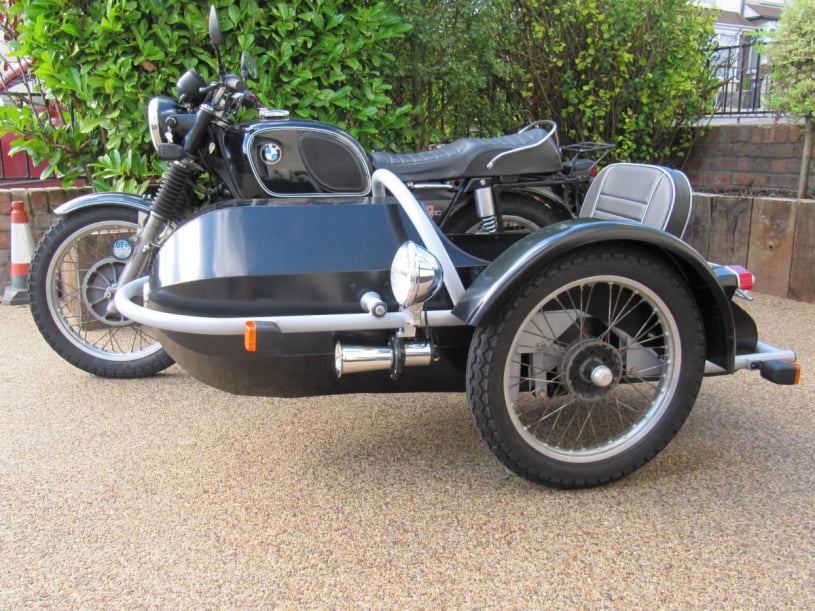Saloon sidecars
Saloon sidecars were popular in the 1930's and 40's when car ownership was too expensive for many. These sidecars were designed to transport individuals or families cost effectively.
Saloon sidecars, by definition, had an enclosed passenger area and as a consequence they were quite large, even a single seat version being significantly tall to provide enough headroom and therefore a large front area can be expected.
Plus points are their load capacity and comfort (some have radios and heating) and larger models could take a whole family on holiday with luggage besides. On the downside they produce considerable aerodynamic drag and their overall weight is high, so bike performance may suffer.
Most saloon sidecars available today are secondhand. Amongst the largest Vintage models, there is the Busmar Astral Double Adult sidecar, the Canterbury Carmobile which can seat 3 adults and the Briggs Dolphin. However the Watsonian Oxford is a more modern take on this concept, it is wide enough to seat 4 or more. There are also smaller single seat saloon sidecars such as the Watsonian Palma and the Velorex Tour.




